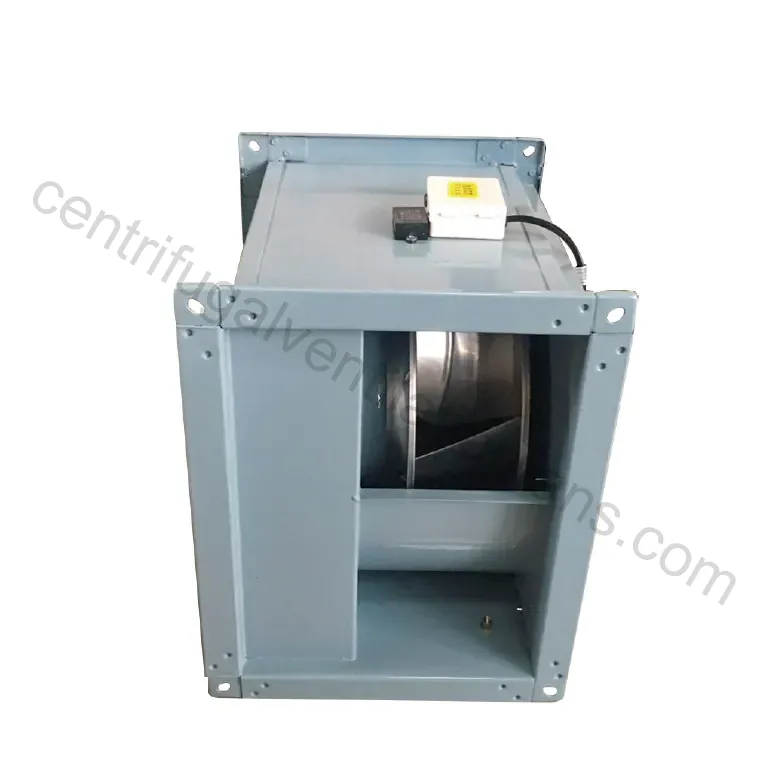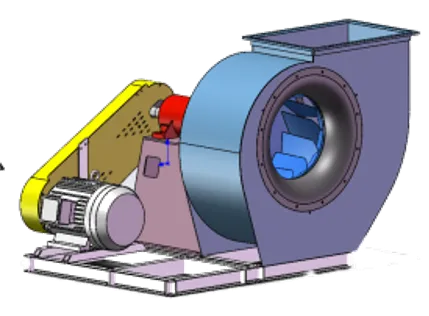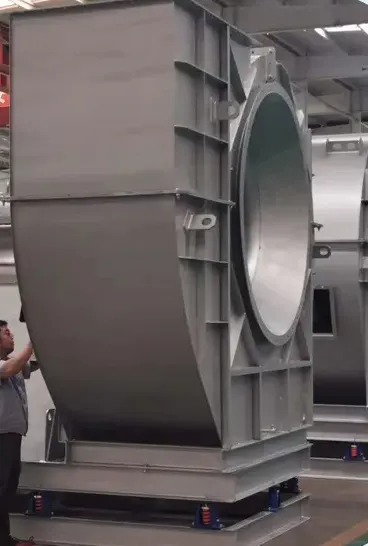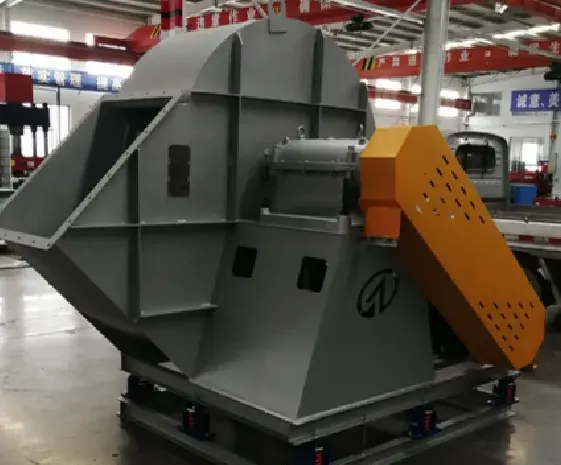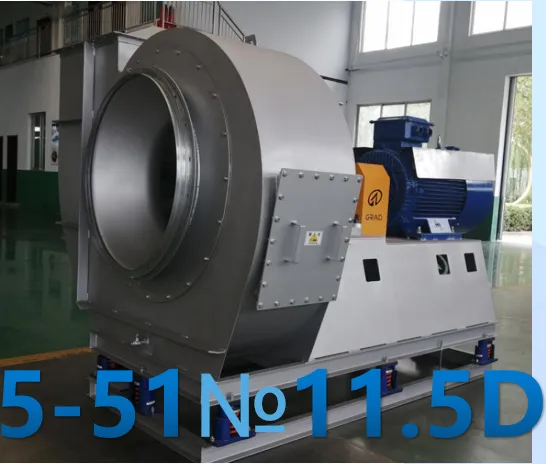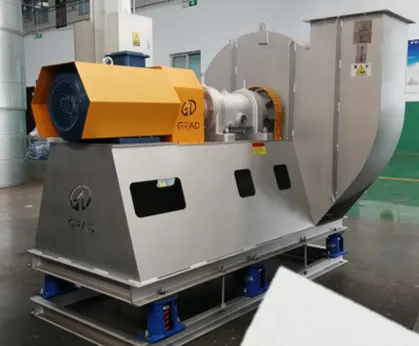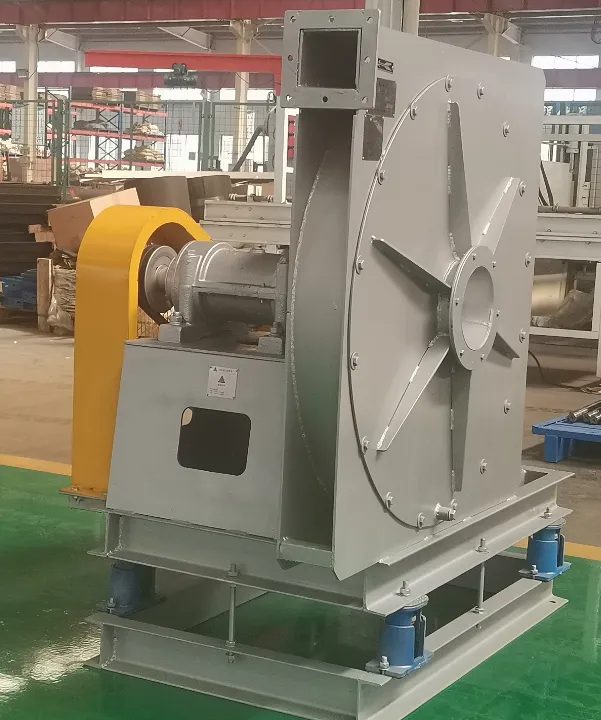Duct Fans

Duct fans play a vital role in enhancing airflow and ventilation in various environments, from comfortable residences to busy commercial spaces. Designed specifically to fit within ductwork, these fans efficiently distribute air, ensuring consistent temperatures and significantly improving air quality. Whether you need to boost airflow in a specific area or enhance the overall performance of your HVAC system, duct fans offer a reliable solution.
These fans are essential for optimizing ventilation across diverse settings. Their energy-efficient design contributes to reduced electricity costs, while their compact size allows for easy installation without consuming valuable space. Additionally, their quiet operation ensures a serene environment, making them perfect for both homes and offices.
By following proper installation and maintenance guidelines, users can maximize the benefits of duct fans, fostering a consistently comfortable atmosphere. Investing in duct fans means embracing effective airflow management, leading to a healthier and more enjoyable environment in your home or business. Discover the difference today!
Duct Fans Parameter:
Get in Touch for Specific Dimensions
Key Characteristics of Duct Fans:
Duct fans provide an array of features that make them essential for improving ventilation and comfort in various spaces. Here’s a closer look at their key advantages:
Improved Air Circulation
Duct fans are expertly designed to optimize air circulation throughout duct systems. They efficiently distribute air to every corner of a room, ensuring that all areas receive sufficient ventilation. This is crucial for maintaining uniform temperatures and enhancing air quality. With improved circulation, you can eliminate stale air and enjoy a revitalizing, comfortable atmosphere.
Energy Savings
Many of today’s duct fans have energy-efficient motors that reduce electricity usage. This helps lower your utility bills and minimizes your environmental impact, making them a greener option. Choosing energy-saving duct fans contributes to a more sustainable future while enjoying a comfortable indoor climate.
Space-Saving Design
A notable feature of duct fans is their space-saving design. They fit seamlessly into existing ductwork, allowing for straightforward installation without needing extra space. This makes them an excellent choice for both residential and commercial HVAC systems. Whether you’re upgrading an older setup or implementing a new one, duct fans integrate easily, enhancing system performance without altering your layout.
Silent Performance
Noise can be a major concern in homes and workplaces. Duct fans are engineered for silent operation, ensuring they run quietly without disruptive sounds. This is particularly beneficial in environments where focus and peace are paramount, such as offices or bedrooms. Enjoy enhanced airflow without the distraction of noisy equipment.
Long-Lasting Construction
Built from high-quality materials, duct fans are designed to withstand regular use and resist wear. Their sturdy construction guarantees reliable performance, even in high-demand environments like industrial facilities or busy commercial spaces. By opting for durable duct fans, you can trust in their consistent operation and have confidence that your investment will endure over time.
Usage Method of Duct Fans:
Using duct fans effectively is simple and can significantly improve your indoor environment. Here’s a guide to installation and operation for achieving optimal airflow:
Installation
- Select the Optimal Location: Identify the best position within your ductwork. This could be at the duct’s start or end, depending on your specific airflow requirements.
- Verify Compatibility: Ensure that the duct fan is suited to the size and configuration of your current duct system. Proper compatibility is essential for efficient operation.
- Securely Mount the Fan: Use the supplied brackets to attach the fan securely. Ensure it is aligned correctly to maximize airflow and reduce vibrations.
- Safely Connect the Wiring: Adhere to the manufacturer’s instructions when connecting the electrical wiring, following all safety regulations. This is vital for safe and effective operation.
Operation
- Power Up and Adjust Settings: Turn on the duct fan and customize the settings to fit your preferences. Many models offer adjustable speed settings, allowing you to tailor the airflow to your needs.
- Monitor and Maintain Performance: Regularly assess the fan’s operation to ensure optimal airflow. Make necessary adjustments to maintain comfortable conditions throughout your space.
Following these straightforward steps, you can effectively utilize duct fans to enhance your indoor climate and airflow.
Duct Fans Application:
Duct fans play a vital role in enhancing airflow and ventilation across various environments, improving comfort and air quality. Here are some key applications for duct fans:
1. Industrial Applications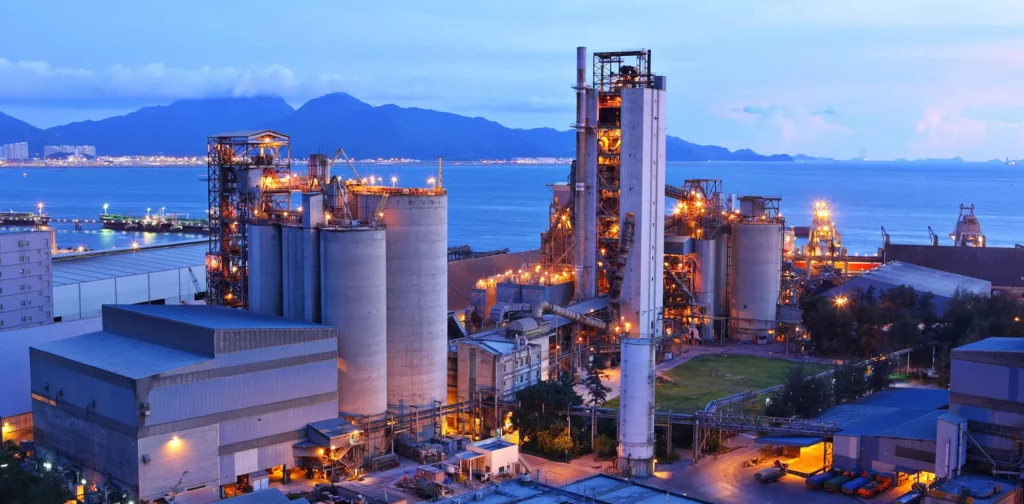
- Manufacturing Plants: Duct fans help regulate temperatures and eliminate airborne contaminants in factories, fostering a safer working environment for employees. They effectively manage heat generated by machinery and enhance overall air quality.
- Warehouses: In expansive storage facilities, duct fans facilitate air circulation, preventing heat and humidity buildup that can adversely affect stored products.
2. Agricultural Settings
- Greenhouses: These fans are crucial for maintaining ideal growing conditions by promoting air circulation and regulating temperature and humidity levels, which are essential for plant health.
- Livestock Housing: Duct fans ensure proper ventilation in barns and animal enclosures, helping to maintain air quality and temperature, which is vital for the well-being of livestock.
3. Commercial Spaces
- Retail Stores: In shopping environments, duct fans enhance ventilation, creating a comfortable atmosphere for customers that can lead to increased foot traffic and sales.
- Offices: By improving airflow in office buildings, duct fans boost employee comfort and productivity, ensuring consistent temperatures for a pleasant working environment.
4. Residential Use
- Home Ventilation: Duct fans circulate air throughout the home, ensuring that every room maintains a comfortable temperature and good air quality. They are especially beneficial in larger homes where airflow may be uneven.
- Kitchens and Bathrooms: In areas prone to humidity and odors, such as kitchens and bathrooms, duct fans effectively remove excess moisture and unpleasant smells, fostering a healthier atmosphere.
5. Data Centers
- Cooling Solutions: Duct fans are critical for managing heat in data centers, where electronic equipment generates substantial warmth. They help keep servers within optimal temperature ranges, preventing overheating and potential damage.
6. Food Processing and Storage
- Processing Plants: In food processing facilities, duct fans assist with temperature control and eliminate heat produced during manufacturing, ensuring compliance with safety standards.
- Cold Storage: These fans regulate airflow in refrigerated storage areas, maintaining consistent temperatures to prevent spoilage.
7. Sports and Recreation Facilities
- Gyms and Arenas: Duct fans improve ventilation in fitness centers and sports venues, creating a comfortable environment for athletes and spectators, especially during high-energy activities.
These diverse applications highlight the versatility and importance of duct fans in enhancing airflow and creating a comfortable atmosphere across multiple settings.
Fans Type:
General centrifugal fans can be divided into low pressure (P≤1000Pa), medium pressure (P=1000-5000Pa), and high pressure (P=5000-30000Pa) according to the pressure. Low-pressure fans are generally 4-72, 4-73, 4-68, 4-79, and other backward blade series. Medium pressure fans are generally 5-51, 6-30, 6-41, 6-51, and other series; High pressure is generally 9-19, 9-26, 9-12, and 8-09 series. The low-pressure fan blades are mostly backward inclined blades, generally about 45 degrees. The outlet Angle of medium pressure fan is larger than that of low pressure fan. It is generally about 50 degrees, and the blades of the high-pressure fan are generally tilted forward less than 90 degrees. The advantages of medium and low-pressure fans are large flow, low noise value, not easy to overload, relatively stable operation, and use in general ventilation. High-pressure fans are used to supply forced air.
From the direction of the drive side (motor), the counterclockwise rotation is left, and the clockwise rotation is right.
The Angle is generally divided into 0 degrees, 45 degrees, 90 degrees, 135 degrees, 180 degrees, 225 degrees, and 270 degrees.
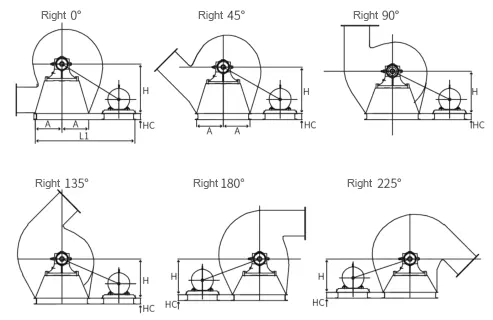
Type A Direct Transmission:
Type D Direct Transmission:
Type C Belt Transmission:
Type E Belt Transmission:
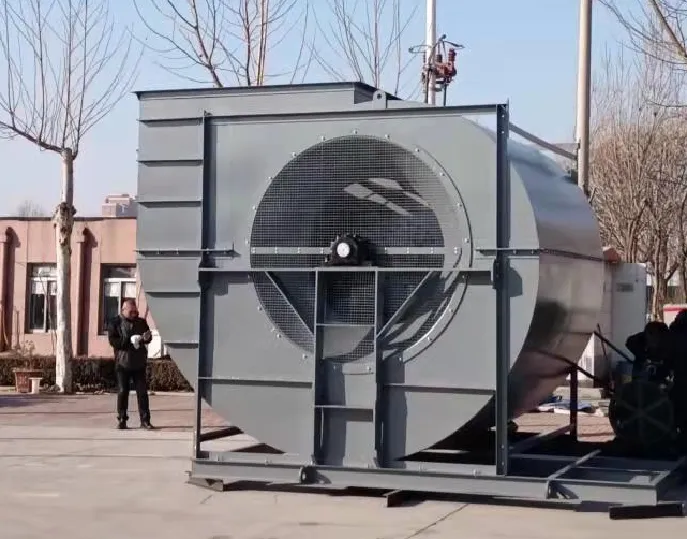
Type E Direct Transmission:
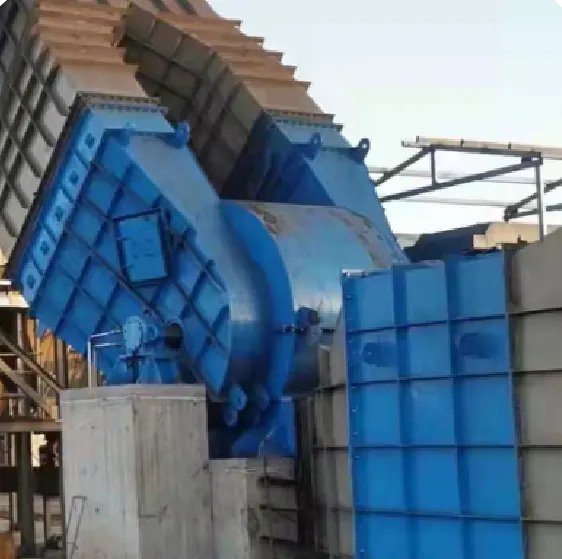
Low Pressure Fans:
Low-pressure fan series are 4-72 series, 4-73 series, and 4-79 series. Generally used for indoor ventilation in general factories and large buildings, it can be used as input gas, it can also be used as output gas, it can also be used as output gas, it can also be used for forced ventilation of boilers, forging furnaces, etc.
It is characterized by smooth operation, tight structure, low noise, flexible use, small footprint, high efficiency, and good performance in conveying air and other unnatural, harmless to the human body and non-corrosive gases.
Low-pressure fans are mostly used in garage air supply and exhaust systems, civil air defense ventilation systems, textile exhausts, grain warehouse dry exhausts, and other total air supply and exhaust systems.
Medium Pressure Fans:
The basic models of medium-pressure fans are 5-51 series, 6-51 series, 5-47/5-48 series, and 6-41 series. These models’ air volume and pressure are lower than those of the low-pressure series. Good aerodynamic performance, high efficiency, low noise, smooth operation.
G, Y6-51 type boiler feed fan is mainly used for 2~670t/h steam in thermal power plants.
The air supply system of the boiler also meets the requirements of the performance parameters of the high-pressure head of the fluidized bed furnace. change
Series fans can also be used for dust removal, mine ventilation, and general ventilation systems.
The blower transports air, and the induced draft fan transports gas containing impurity particles.
When the impurity concentration is less than 200mg/m³, it can be used for over 4 years. If the dust content is too large, the blade should be treated with wear-resistant treatment to extend its service life. G series fans are generally normal temperature; The maximum temperature of Y series induced draft fan shall not exceed 250℃. If more than 250℃. The impeller material should be changed.
High Pressure Fans:
Fans Type:
General centrifugal fans can be divided into low pressure (P≤1000Pa), medium pressure (P=1000-5000Pa), and high pressure (P=5000-30000Pa) according to the pressure. Low-pressure fans are generally 4-72, 4-73, 4-68, 4-79, and other backward blade series. Medium pressure fans are generally 5-51, 6-30, 6-41, 6-51, and other series; High pressure is generally 9-19, 9-26, 9-12, and 8-09 series. The low-pressure fan blades are mostly backward inclined blades, generally about 45 degrees. The outlet Angle of medium pressure fan is larger than that of low pressure fan. It is generally about 50 degrees, and the blades of the high-pressure fan are generally tilted forward less than 90 degrees. The advantages of medium and low-pressure fans are large flow, low noise value, not easy to overload, relatively stable operation, and use in general ventilation. High-pressure fans are used to supply forced air.
From the direction of the drive side (motor), the counterclockwise rotation is left, and the clockwise rotation is right.
The Angle is generally divided into 0 degrees, 45 degrees, 90 degrees, 135 degrees, 180 degrees, 225 degrees, and 270 degrees.

Type A Direct Transmission:
Type D Direct Transmission:
Type C Belt Transmission:
Type E Belt Transmission:

Type E Direct Transmission:

Low Pressure Fans:
Low-pressure fan series are 4-72 series, 4-73 series, and 4-79 series. Generally used for indoor ventilation in general factories and large buildings, it can be used as input gas, it can also be used as output gas, it can also be used as output gas, it can also be used for forced ventilation of boilers, forging furnaces, etc.
It is characterized by smooth operation, tight structure, low noise, flexible use, small footprint, high efficiency, and good performance in conveying air and other unnatural, harmless to the human body and non-corrosive gases.
Low-pressure fans are mostly used in garage air supply and exhaust systems, civil air defense ventilation systems, textile exhausts, grain warehouse dry exhausts, and other total air supply and exhaust systems.
Medium Pressure Fans:
The basic models of medium-pressure fans are 5-51 series, 6-51 series, 5-47/5-48 series, and 6-41 series. These models’ air volume and pressure are lower than those of the low-pressure series. Good aerodynamic performance, high efficiency, low noise, smooth operation.
G, Y6-51 type boiler feed fan is mainly used for 2~670t/h steam in thermal power plants.
The air supply system of the boiler also meets the requirements of the performance parameters of the high-pressure head of the fluidized bed furnace. change
Series fans can also be used for dust removal, mine ventilation, and general ventilation systems.
The blower transports air, and the induced draft fan transports gas containing impurity particles.
When the impurity concentration is less than 200mg/m³, it can be used for over 4 years. If the dust content is too large, the blade should be treated with wear-resistant treatment to extend its service life. G series fans are generally normal temperature; The maximum temperature of Y series induced draft fan shall not exceed 250℃. If more than 250℃. The impeller material should be changed.
High Pressure Fans:
Fans Type:
Centrifugal fans can be categorized based on pressure levels into three main types: low pressure (P ≤ 1000 Pa), medium pressure (P = 1000–5000 Pa), and high pressure (P = 5000–30000 Pa).
Low-Pressure Fans
Typically represented by series such as 4-72, 4-73, 4-68, and 4-79, low-pressure fans feature blades that are primarily backward inclined, usually at an angle of about 45 degrees. These fans are known for their large airflow capacity, low noise levels, and stable operation, making them ideal for general ventilation applications.
Medium Pressure Fans
Medium-pressure fans, including series like 5-51, 6-30, 6-41, and 6-51, have a larger outlet angle than low-pressure fans, typically around 50 degrees. They also provide significant airflow while maintaining low noise levels and are less prone to overload. This makes them suitable for a variety of ventilation needs.
High-Pressure Fans
High-pressure fans, represented by 9-19, 9-26, 9-12, and 8-09, generally feature forward-tilted blades with angles less than 90 degrees. These fans are designed to supply forced air effectively and are utilized when higher pressure is required.
Direction of Rotation
When viewed from the motor side, fans can rotate in two directions: counterclockwise (left) or clockwise (right).
Angle Options
The fan blade angles are categorized as follows: 0 degrees, 45 degrees, 90 degrees, 135 degrees, 180 degrees, 225 degrees, and 270 degrees.

Type A Direct Transmission:
Type D Direct Transmission:
Type C Belt Transmission:
Type E Belt Transmission:

Type E Direct Transmission:

Low Pressure Fans:
Low-pressure fan series, including the 4-72, 4-73, and 4-79 models, are primarily designed for indoor ventilation in general factories and large buildings. These fans can function as both intake and exhaust systems and are also suitable for forced ventilation in applications such as boilers and forging furnaces.
- Smooth Operation: Ensures reliable performance with minimal vibration.
- Compact Design: Occupies a small footprint, making it easy to integrate into various spaces.
- Low Noise Levels: Operates quietly, contributing to a comfortable environment.
- High Efficiency: Delivers effective air movement while consuming less energy.
- Versatile Usage: Capable of handling air and other non-corrosive, harmless gases without affecting human health.
Low-pressure fans are widely used in:
- Garage Ventilation: For air supply and exhaust in parking facilities.
- Civil Defense Systems: Ensuring adequate air circulation in emergencies.
- Textile Industry: Used for exhaust systems to maintain air quality.
- Grain Storage: Assisting in the drying process within grain warehouses.
Medium Pressure Fans:
The primary models of medium-pressure fans include the 5-51, 6-51, 5-47/5-48, and 6-41 series. These fans deliver lower air volumes and pressures compared to low-pressure fans, yet they are known for their excellent aerodynamic performance, high efficiency, low noise levels, and smooth operation.
Applications
- Boiler Feed Fans: The G and Y6-51 models are specifically designed for use in thermal power plants, catering to steam generation capacities ranging from 2 to 670 tons per hour. These fans ensure that the air supply system of the boiler meets the performance parameters required for high-pressure head applications, such as fluidized bed furnaces.
- Dust Removal and Mine Ventilation: These fans are also effective in dust extraction and general ventilation systems.
Functionality
- Air Transport: These fans are primarily used for transporting air, while induced draft fans are designed to handle gases containing impurity particles.
- Dust Handling: They can operate effectively when the concentration of impurities is below 200 mg/m³ for over four years. However, if the dust levels are high, the blades should be treated with wear-resistant coatings to enhance their durability.
Temperature Specifications
- G Series Fans: Typically designed for normal temperature operations.
- Y Series Induced Draft Fans: Can withstand temperatures up to 250°C. If operating conditions exceed this temperature, it is advisable to switch to materials better suited for higher heat to ensure optimal performance and longevity.
In summary, medium-pressure fans are versatile and efficient, suitable for various applications, including boiler feed systems and ventilation, while offering adaptability to different operational conditions.
High Pressure Fans:
Fans Factory: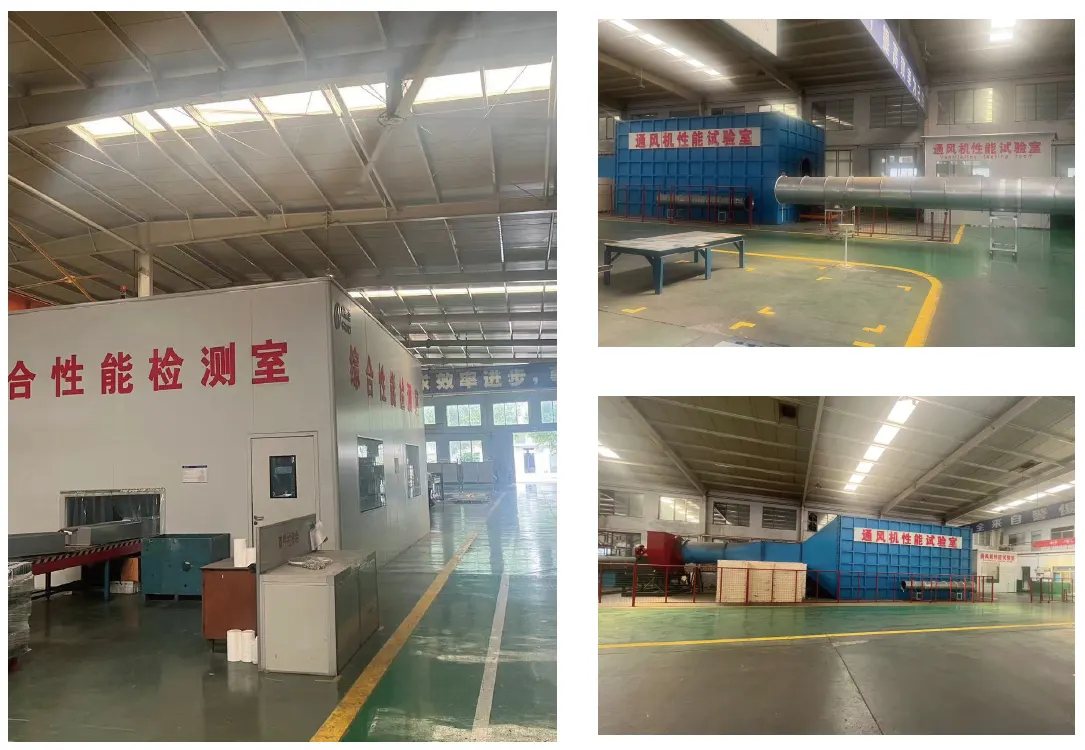
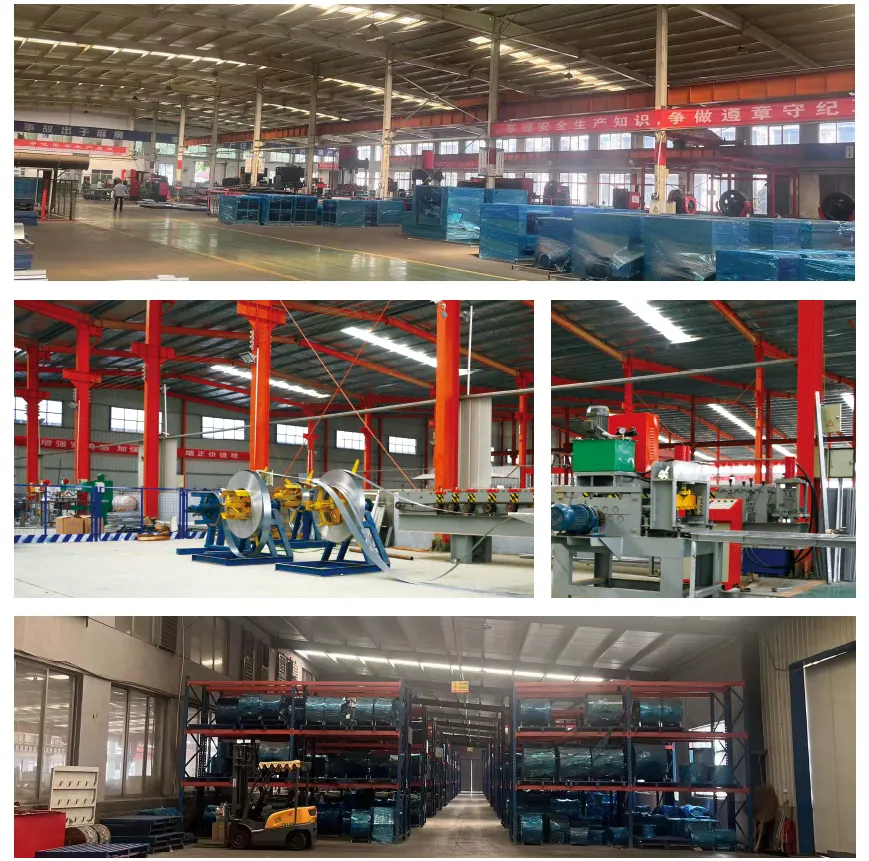
Our unwavering commitment to excellence encompasses a comprehensive 24/7 on-site service, ensuring that you have immediate access to top-tier maintenance support whenever you need it. We understand that operational efficiency is critical, which is why our team is always ready to assist you, regardless of the time or day.
Proactive Maintenance Approach
Detailed User Profiles: We take the time to develop thorough user profiles tailored to your specific systems and needs. This personalized approach allows us to understand the intricacies of your operations and tailor our support accordingly.
Regular Site Visits: Our team conducts routine site visits to monitor system performance and identify potential issues before they escalate. This proactive strategy ensures that we address any operational challenges swiftly, minimizing downtime and disruption to your workflow.
Comprehensive Support
Expert Technicians: Our highly trained technicians bring expertise and experience to every interaction, providing you with knowledgeable insights and effective solutions. You can trust that your systems are in capable hands.
Tailored Solutions: We prioritize your unique requirements, offering customized solutions that enhance your system’s performance and reliability. Our goal is to ensure that your operations run seamlessly.
With our dedicated support, you can enjoy peace of mind knowing that your success is our top priority. We are committed to fostering a collaborative partnership, where your needs drive our services. Our responsive support team is always just a call away, ready to assist with any challenges you may encounter.
Experience the difference that our comprehensive, proactive maintenance and exceptional support can make in your operations. Together, we will ensure your systems operate at their best, empowering your success every step of the way!
